On December 12th, 2022, the United States House of Representatives passed the Bonneville Shoreline Trail Advancement Act (see the bill here). If signed into law, the bill would allow federal wilderness land in Utah to be swapped—acre for acre—with private land.
This is a bit complicated but significant…so bear with me. The result would redefine several wilderness boundaries, so that parts of Bonneville Shoreline Trail (BST)—currently inside wilderness area boundaries—would be re-designated to good old National Forrest land.
Currently, it is illegal to use bikes, wheelchairs and other human-powered, wheeled vehicles on trails within designated wilderness. With the proposed change, mountain bikers would be able to ride the entire BST from Provo to the Idaho border.
… it is illegal to use bikes, wheelchairs and other human-powered, wheeled vehicles on trails within designated wilderness.”
The legislation still needs to pass the Senate but, if signed into law, the bill would swap one large 326 acre parcel in Mill Creek Canyon—formerly owned by the Boy Scouts of America—with approximately 20 small parcels currently on the fringes of four Wilderness areas in Utah.
These four wilderness areas include Mount Naomi Wilderness Area, near Logan, as well as Mount Olympus, Twin Peaks and Loan Peak wilderness areas along the Wasatch Front in Salt Lake and Utah Counties.
The federal government has a long history of swapping wilderness land for private land. In order to qualify, the private land must typically add to the boundary and/or fill a gap in existing wilderness areas (see map below).
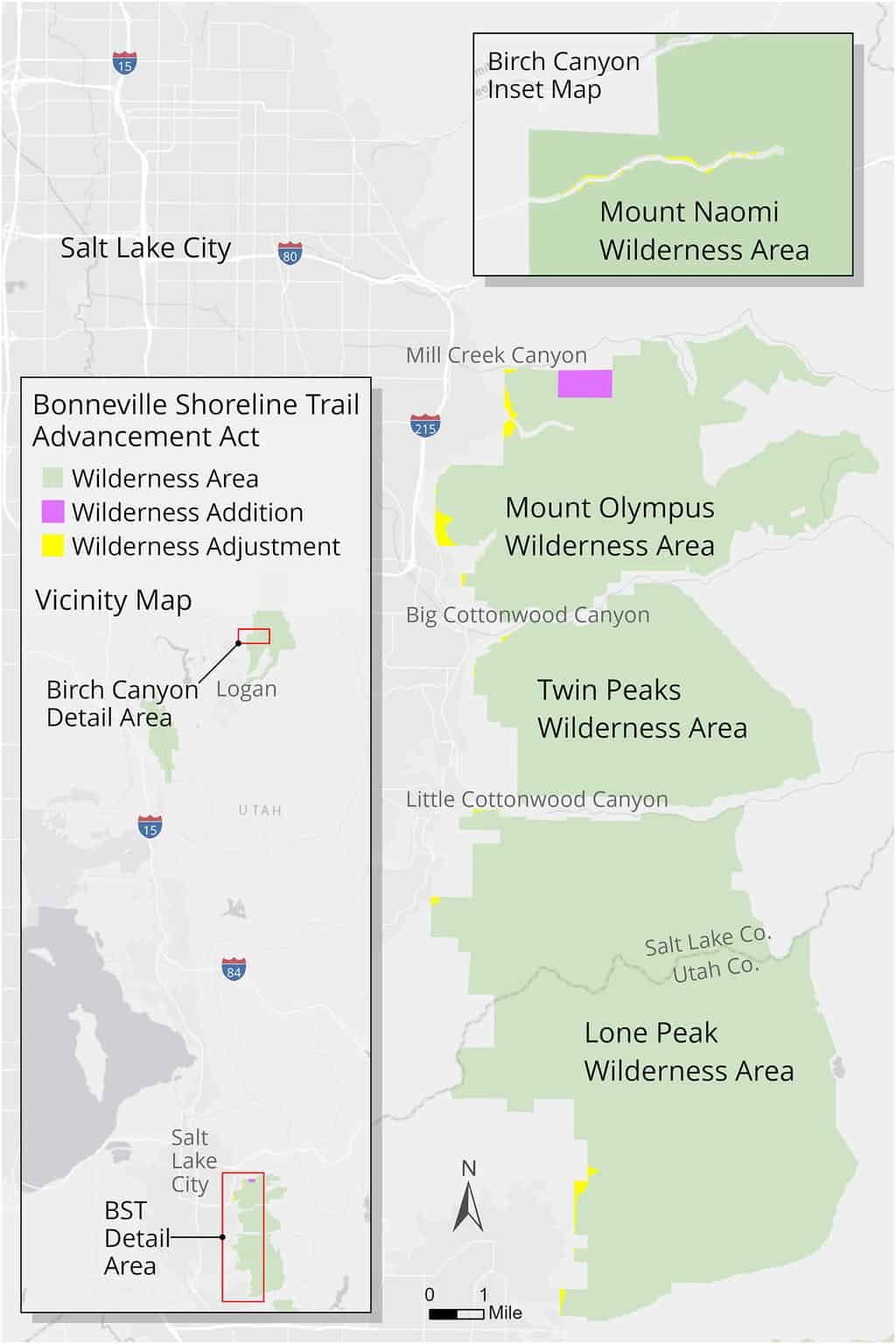
The 326 acre Boy Scout parcel improves the Mount Olympus Wilderness Area (see map), by filling a large cutout on the north boundary of the wilderness. If any of you have pedaled up Mill Creek Canyon—en route to say, Pipeline trail—you’ll know this parcel well.
Who should you thank?
The task of connecting the BST has been underway for three decades, led by several local Utah trail organizations including Bonneville Shoreline Trail Committee and Trails Utah, as well as local civic groups and citizens.
The task of connecting the BST has been underway for three decades, led by several local Utah trail organizations….”
IMBA (International Mountain Biking Association) also joined the effort in more recent years. A flurry of recent emails from the group caught our attention because of a seemingly hypocritical stance.
Several years ago, IMBA strongly opposed another piece of wilderness trail access legislation. That piece of legislation—H.R.1349—is currently stalled in Congress. If approved, it would allow wilderness area managers to review trail inventories and work with their local communities to determine if any existing wilderness trails might be opened for human-powered, wheeled traffic.
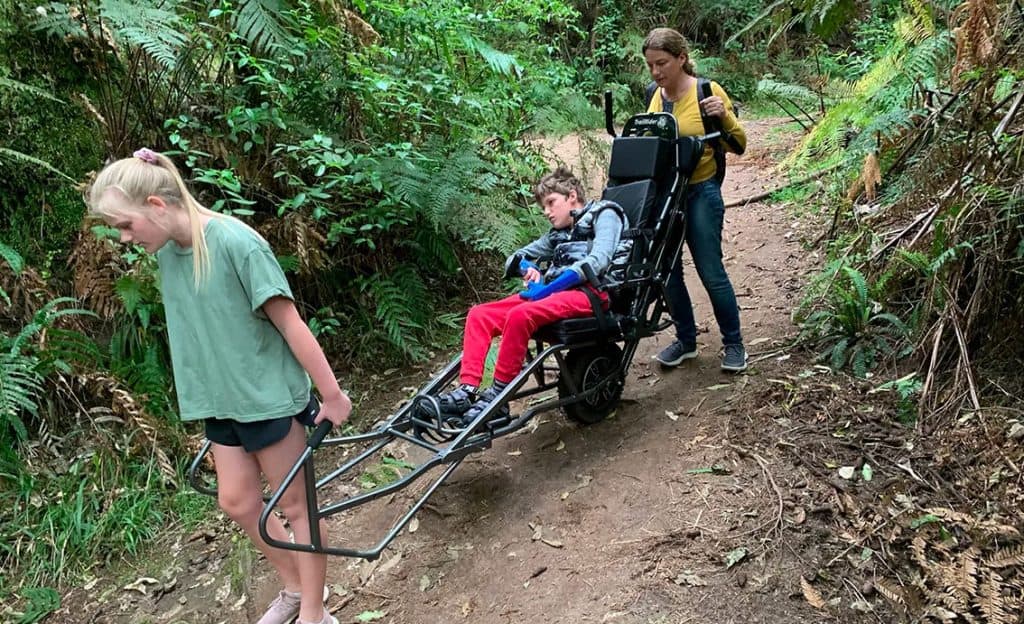
There are a lot of cases where trails cross, or run along the inside edge of wilderness areas. Allowing mountain bikes in these small sections would would vastly improve the mountain biking in those communities and do no harm to the wilderness area.
In the article, Western MTB Trail Managers Weigh in on Wilderness Access, we discussed how IMBA and environmentalist groups like the Sierra Club, opposed this legislation while 80% of riders we polled (i.e., IMBA dues-paying members!:-) overwhelmingly supported the legislation.
Regardless of their opposition then, the support of IMBA now is welcomed now. Their motives however are still in question. We’d love to hear your thoughts in the comments section below, or on the Wasatch Rider Facebook page.
In the mean time, Wasatch Rider will keep an eye on current trail legislation and let you know when something happens. Most importantly, if you feel strongly one way or another, write your senator or congressman and let them know what you think.

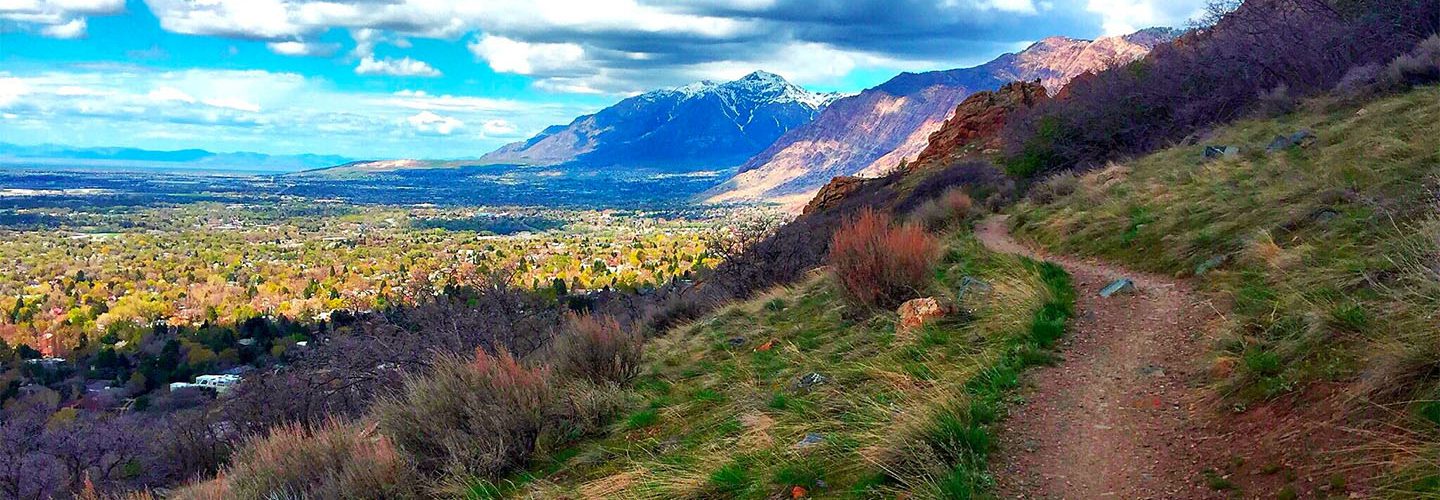

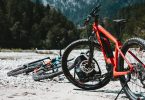
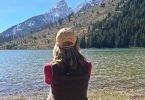
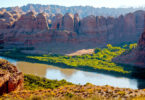
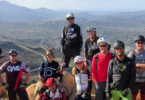

Leave a Comment